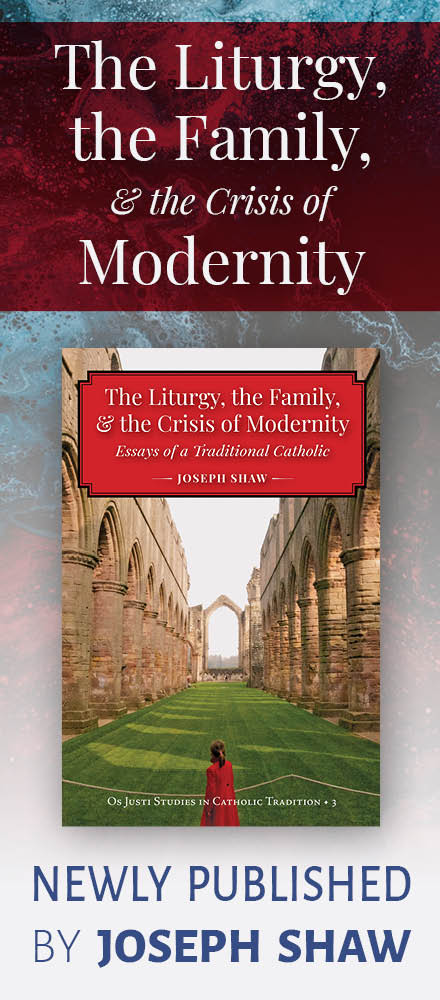In a blistering piece, the Telegraph publishes an article by Damian Thompson saying what everyone knows but few are willing to discuss.
I’m learning interesting things about the powerful subculture of ageing trendies who control Catholic worship in many dioceses. Paul Inwood, the Portsmouth "director of liturgy" who wants to ban churchgoers from asking for the traditional Mass, turns out be a composer by trade. Indeed, he is the composer of many of the mind-blowingly banal ditties that the English bishops have been forcing on congregations for years. And he makes a jolly nice living out of it.
You can find excerpts from Inwood’s music here (click on “compositions”). Warning: your toes will curl. Yet his music has featured in more TV and radio broadcasts of Catholic liturgies than that of any other living composer. And he also sits on the liturgical formation sub-committee of the Bishops’ Conference.
Inwood has received very substantial patronage from the Catholic Church in this country. The evidence is here, on the website of his own company, Magnificat Music, which describes itself as “the leading independent publisher of sheet music for Catholic churches in the British isles”. Interestingly, it gives its address as Park Place Pastoral Centre in Wickham, which also houses much of the Portsmouth diocesan bureaucracy.
Inwood has recently been commissioned to write Masses by the dioceses of Plymouth and Shrewsbury, and has conducted “thousands of workshops” in Britain and America. Fair enough, you might say.
Except for one detail. The guy has a certain technical facility, but his melodies are staggeringly banal. Listen carefully to the excerpts on the website. The tunes are formulaic and unmemorable – and I’m not saying that because I dislike his whole approach to the liturgy. This is bad music, full stop.
A typical Inwood tune meanders up and down the scale, jumping the same intervals, supported by droopy harmonies. Many of the melodies are virtually indistinguishable from each other: you could programme a computer to write something very similar. (As an experiment, I have just sung the instructions on a packet of soap powder to an Inwood-style melody – it’s very easy to do.)
How much money, I wonder, has the Catholic Church spent on this dreary stuff over the years? There is a real problem here. There is nothing illegal or unethical about what Inwood is doing, but we are confronted by a problem that Thomas Day identified in his book Why Catholics Can’t Sing, a stinging attack on the trendy Catholic musical establishment.
As Day says, many professional Catholic liturgists are also composers. They push dioceses and congregations towards the style of music that they themselves compose and publish. How very convenient.
Don't take his word for it. Have a listen under the tab "compositions."
I'm only now realizing that this composer is responsible for the "Take Five" recessional called "Sing of the Lord's Goodness," which I've always found to be one of the greatest musical jokes every played on Catholic congregations. It is a liturgical rendering of what is otherwise a super-cool bop era chart. You can see it here on Youtube, and it's great. It is not great watered down, put to a religious text, and sung at Mass.
It goes without saying that grumbling about all this has been going on for decades, and many people have been alienated by this stuff. When will full scale revolt break out? When people have access to a choice.




















